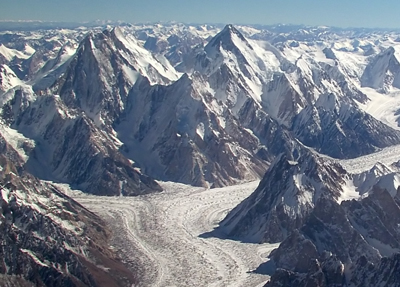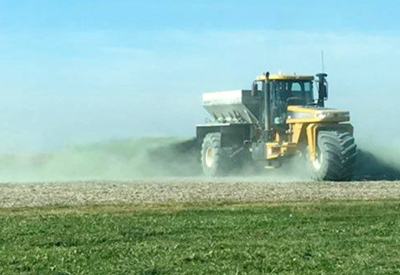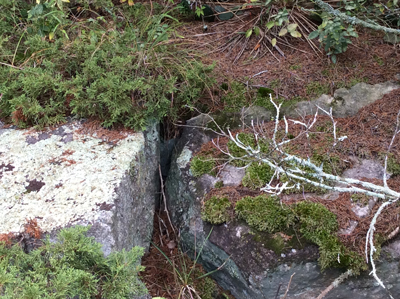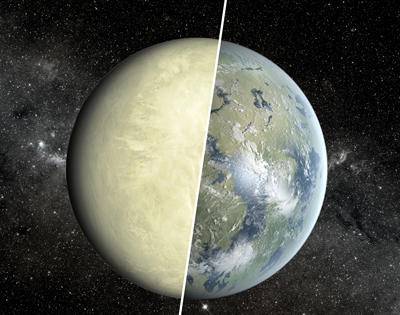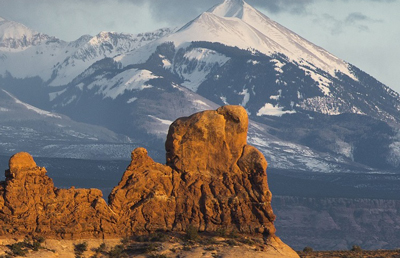Palaeoweathering: How Do Weathering Rates Vary with Climate?
A feedback between Earth surface weathering and climate is thought to be fundamental in maintaining Earth’s habitability over long timescales, but investigating this control in the modern world is difficult. The geologic record of cycles between glacial and interglacial conditions of the last 2.6 million years allows us to study weathering feedback in action. A suite of mineral, element and isotope proxies have been applied to address how weathering rates have varied over glacial cycles. Despite evidence for substantial local changes, the emerging answer at a global scale seems to be, “not very much”.
Palaeoweathering: How Do Weathering Rates Vary with Climate? Read More »


